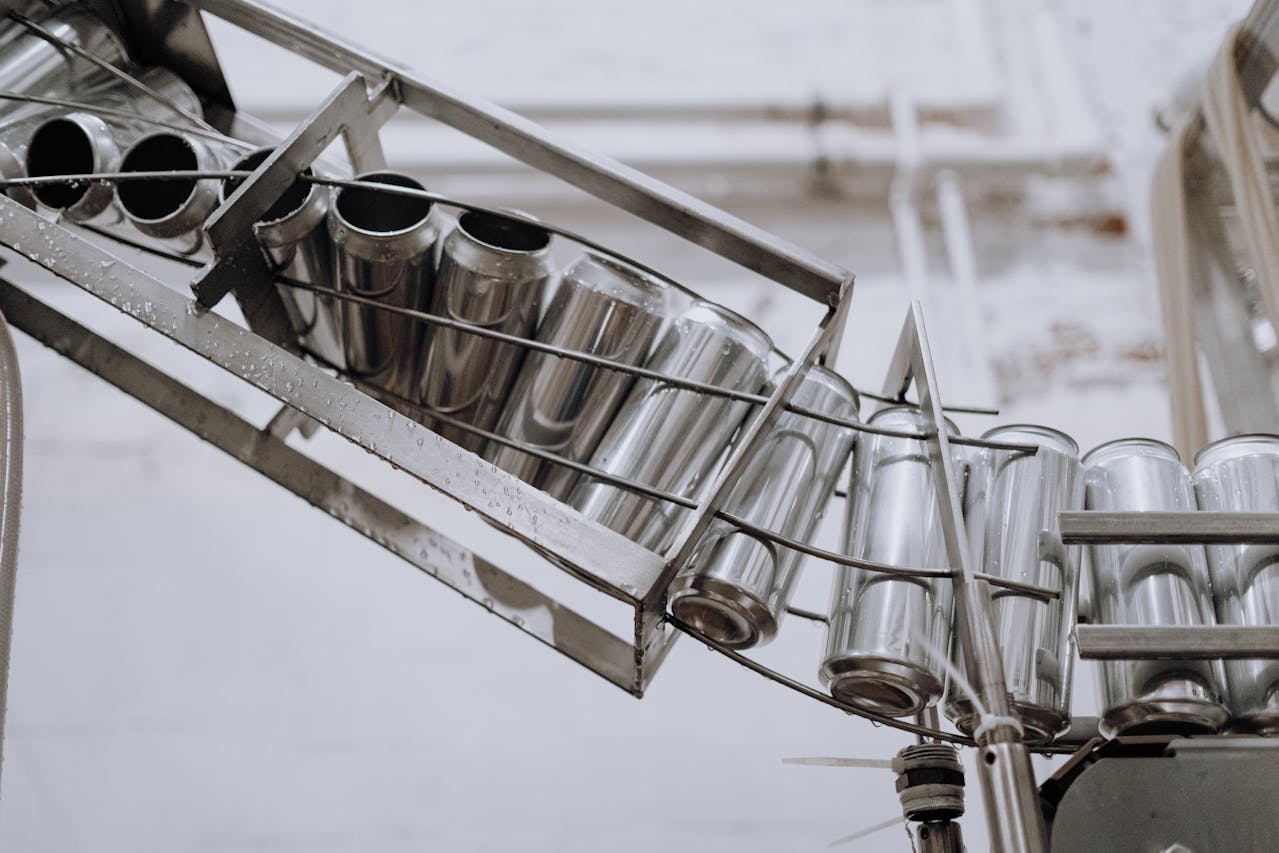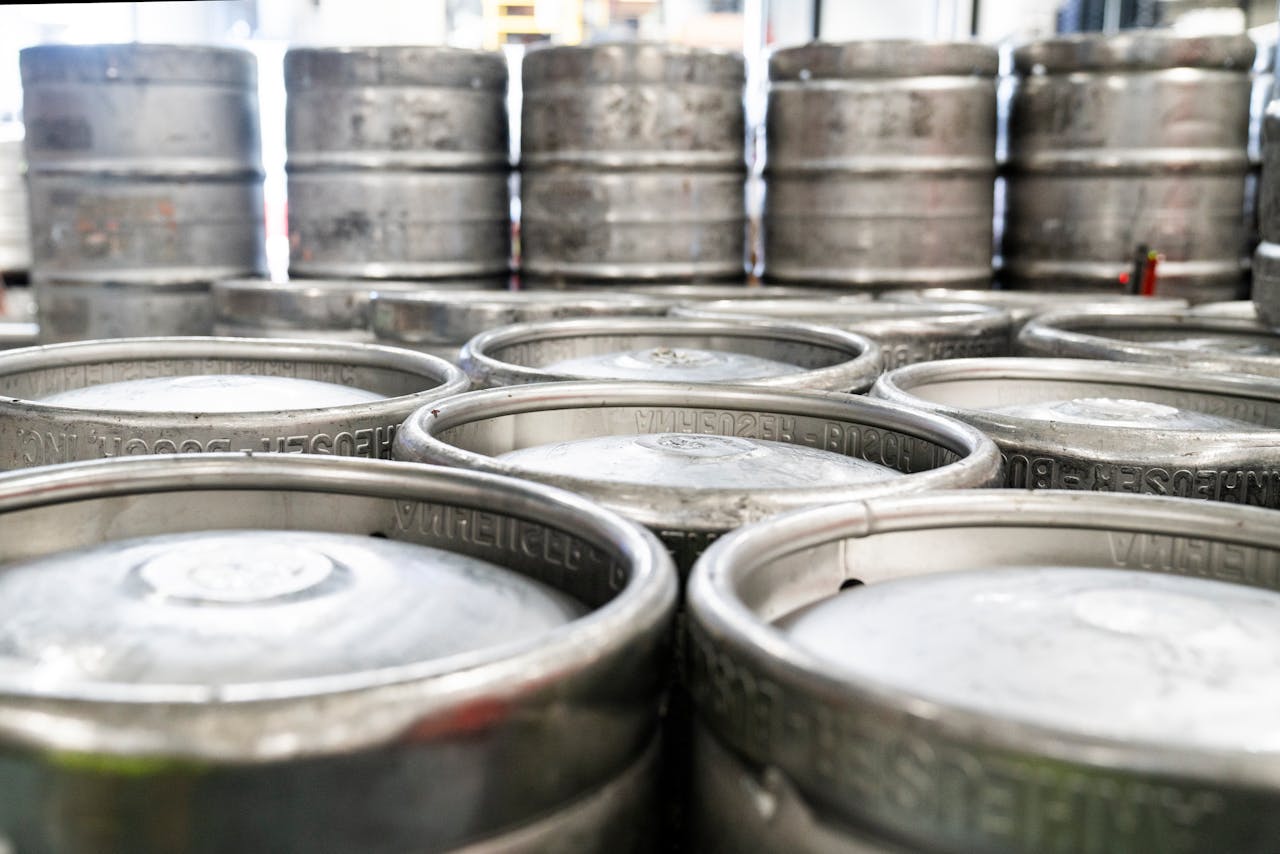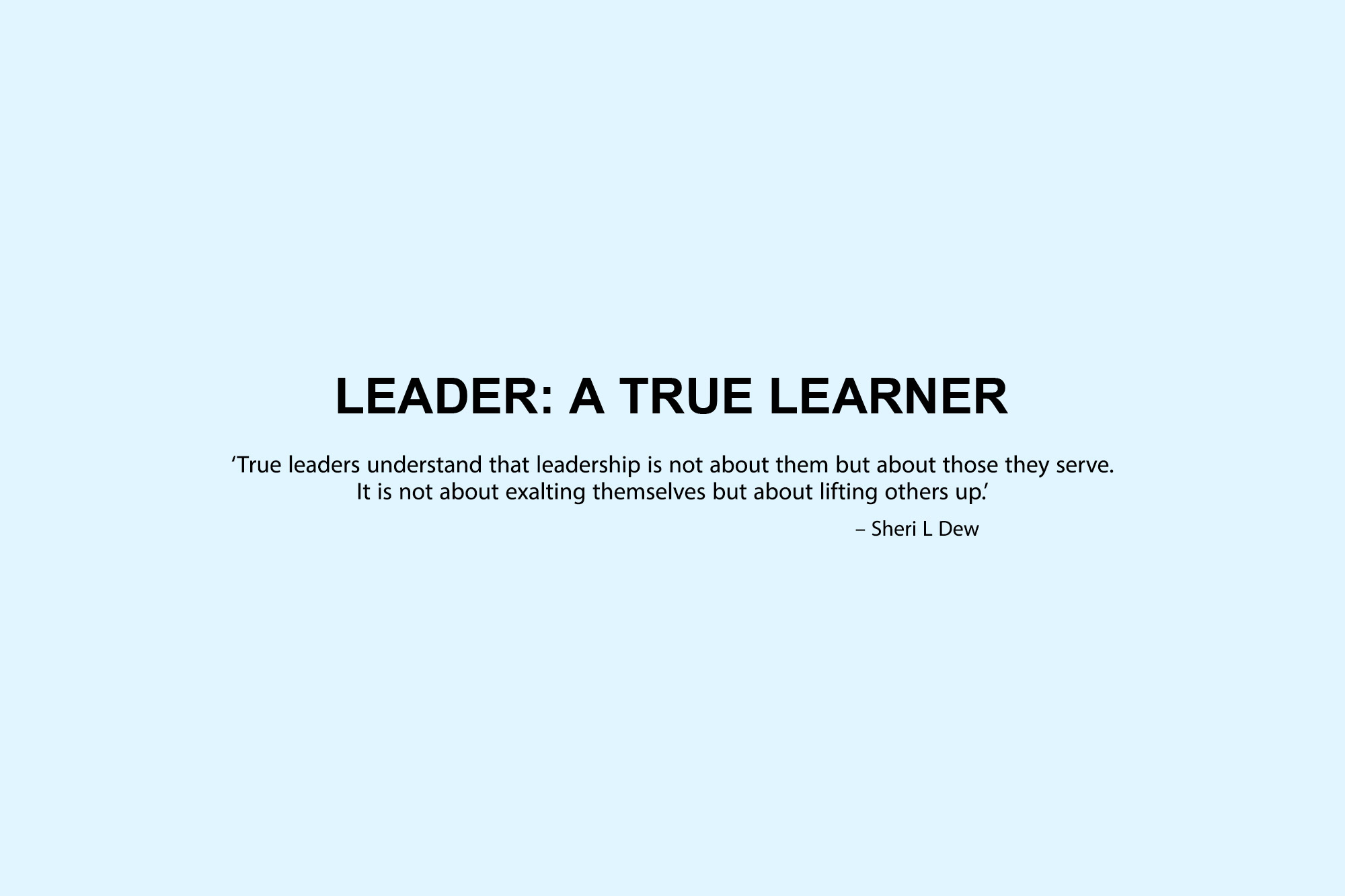The silver lining beyond the cloud
May 18, 2020

As uncertainty looms over the domestic manufacturing sector given the pandemic, the Indian stainless steel industry is coming to terms with the new normal. In an interview with Stainless Post, Director, Jindal Stainless, Mr Vijay Sharma explains how every calamity hides an opportunity and what lies ahead for the stainless steel industry.
How has COVID-19 affected the stainless steel manufacturing industry? When do you think the situation will resume to normal?
COVID-19, a pandemic of such global proportions, is the first, and hopefully the last, being witnessed by living generations today. Not just stainless steel manufacturing, it has affected every single industry in one way or the other. It can be argued that both for the individual as well as for the state, that COVID-19 will forever alter our preferences, our priorities, and our buying behaviours. As we come to grapple with the many uncertainties that have emerged from this disease, there is at least one thing we are rather certain about – that there’s no getting away from it. And therefore, as people, as companies, and even as economies, what we can and must do, is maximize whatever options are available. To say it simply, we have to quickly master living with it, and find our ways around it. For instance, during the lockdown period, we could sit back and clearly see the bad costs that burden our bottomline. That includes cost incurred in unnecessary travel, in permanent office set-ups, in carrying out non-core or non value-added tasks etc. We also identified the good costs, such as increased automation and web-based meetings with internal and external stakeholders. I am confident that even in the post Corona world, well after the cure has been found, these lessons will stay with us. COVID-19 gives us the rare chance to carefully examine the differences between costs of living, and costs of luxury. The cultural changes will continue, and technical changes will be introduced in due course. Hence, there is no going back to the old normal.
Now that the lockdown has been partially opened, what are the challenges in doing business as usual?
Challenges are galore, and we are not alone in facing them. Irrespective of the nature or size of business, all of us are dealing with an unknown enemy.
In our experience of over the last two months, we’ve realized that Compliance for the sake of healthy working is a big matter. Several MSMEs are finding it difficult to comply with a whole host of regulatory requirements. This is over and above the genuine fear of employees reluctant to re-join work.
Another challenge is that of subdued and uncertain economic activity. While the overall market remains lukewarm, there is no live barometer based on which entrepreneurs can adjust their sails. Any kind of objective forecasting is nearly impossible. Added to this are the routine and multiplied challenges of profitability and cash flows faced by all industries at this hour. Suddenly, we’re finding past experience and rules getting slowly redundant.
Even as we ramp up production gradually, which in itself is a challenge, the interruption in supply chains is impacting the entire ecosystem. Allied industries in upstream and downstream businesses are faced with the same situation.
The dilemma of productivity evaluation and cost benefit analysis between offline working and working-from-anywhere (WFA) persists without clarity or consensus.
The confusion arising out of centre-and-state governance structure is yet another issue. In a country of our size, it takes considerable time and effort for government intentions and on-ground implementation to work seamlessly.
Although a welcome move, the industry has mixed views on how the INR 20-lakh crore economic relief package Atmanirbhar Bharat Abhiyan will benefit the entire supply chain.
How is India placed compared to its global peers, particularly for the stainless steel industry? What do we need to watch out for – both in opportunities and challenges?
While evaluating the impact of COVID-19 on the Indian stainless steel industry, the influence of global situation plays a decisive role. For a long time now, the world has been in a state of VUCA: Volatile, Uncertain, Complex and Ambiguous. International trade flows have been a part of business life.
In stainless steel and many other industries, involved in both B2B and B2C environment, irresponsible behavior of some companies and countries has aggravated trade wars. This includes excessive expansion, non-WTO compliant support by way of subsidies, dumping of products, and hostile takeovers among many others. The global level playing field has been distorted by such practices. In 2018, the USA imposed 25% duties under Section 232 on most of the countries, followed by EU applying safeguard quota and even China imposing anti dumping duty (ADD) on Indonesia
and similar action by many other countries. Today, in the category of stainless steel, out of the total Trade Remedial Cases in place or initiated 60% are post-2018. Among the total, China appears in about 70% cases and the newcomer Indonesia in about half the cases. Due to the alleged role of China in current pandemic situation, the global economic and
trade sentiment has turned against China, Chinese products, and Chinese investments. As a result, many countries are flexing their muscles to impose additional trade barriers to create level playing field. In fact, even during COVID-19 period, EU imposed interim ADD on some of the SS Flat products from China, Indonesia, and Taiwan. And to avoid hostile takeovers by Chinese companies, countries are enforcing investment restrictions.
India has always been struggling against unfair imports of stainless steel despite having adequate and underutilized capacities and capabilities to produce practically ever SS flat product. In fact, Indian SS products are well accepted in advanced developed economies like North America and EU. Being a developing and a big growth market, India has been an attractive destination for dumping of goods. There is enough and more argument on the so-called uncompetitive nature of Indian manufacturers. However, it’s interesting to note that the uncompetitive factors actually sit outside the manufacturing units. Merely two cost elements,
Cost of Capital and Cost of Logistics, comprise a difference of 10-12% in comparison with countries against which Indian manufacturers compete. The Government has already recognized this and has turned its focus on infrastructural development by investing INR 100 lakh crore in the National Infrastructure Pipeline. However, such initiatives are time-consuming, and till then, the industry needs a level playing field. The situation is more severe now as Indian stainless steel industry, MSMEs in particular, struggle to re-start operations, while our competitors in China and Asia have already moved ahead in the COVID-19 curve. The FTA arrangements and circumvention of China material is further fuelling the financial crisis. Industry needs immediate relief and has represented to the Government for imposing suitable tariff and non tariff barriers.
What is the impact on domestic MSMEs due to COVID-19? What kind of support can our partners expect from Jindal Stainless in the near future?
Micro, Small, and Medium Enterprises (MSMEs) constitute over one-third of manufacturing GDP in India. They make up for about 40% of the total stainless steel flat production in India. Their role and relevance in all sectors of GDP is acknowledged to be crucial. The government’s recent Atmanirbhar package is expected to provide relief to the MSME sector by way of collateral free automatic loans, subordinate debts with 20% credit guarantee, and funds for equity infusion among others. Landmark government projects, such as National Infrastructure Pipeline, are also expected to generate adequate demand among stainless steel producers.
For Jindal Stainless, incubating, handholding, and growing MSMEs has been a business philosophy since inception. As the industry leader, we consciously foster ancillary industries. For instance, in Hisar, several MSMEs have emerged around our plant area without any government support. Taken together, their annual capacity is that of 1.75 lakh tonnes, which translates into an annual turnover of approximately INR 3,000 crore in value terms. We’ve handheld MSMEs to meet demand for segments like stainless steel tubes, utensils, fabrication segment, and auto parts. In and around Jajpur, with the facilitation of government, we expect an even more organized and successful growth story.
To support our partners during these times, we’ve relaxed performance obligation terms in our MoU with customers keeping in mind the overall volatility of the market. This is done in order to
assure customers that we understand the market situation and will take care of profitability as far as possible. However, to encourage them to push sales, we’ve augmented performance based incentive levels. Further, we have supported their cash flow by liasioning with our channel finance partners to extend credit limits under scheme from 3 months to 6 months.
We are aggregating the SKU level demand to provide enhanced services to the customers. In order to reduce inventory carrying costs for customers, we are stocking more material at our yards to make deliveries available. We are in regular communication with varied customer groups to understand their requirements and tweak our supply chain for just in time deliveries through our distribution network across India. Despite the logistical challenges including movement of goods across borders, we are coordinating with authorities to ensure last mile connectivity of order deliveries for our customers. Besides, we have been working on skill development and increased awareness of the entire ecosystem of stainless steel through various on-ground initiatives.
Knowing our own strengths and the resilience of MSMEs in our sector, I am more than hopeful that we will all be able to tide over this unexpected crisis.
What is required from the industry and the government to help Indian Stainless Steel industry bounce back to accelerated growth?
The government has already mooted a bold plan for self-reliance, indicating that indigenous industry will be prioritized above imports in a post-COVID-19 India. To do that, while also keeping prices competitive for end customers, government will need to expedite projects that increase our industries’ competitiveness. This means that plans like National Infrastructure Pipelines will create many opportunities for stainless steel. The health and medical industry, which has long needed revamp, has opened up new avenues for production of equipment and infrastructure. Global companies shifting base out of China be a blessing in disguise for positioning India as the new ‘Manufacturing Hub’. As the subsidized Chinese industries of auto components, white goods, pharmaceuticals, electronics etc vacate global markets, the Indian stainless steel industry can more than fill the gap. There is adequate capacity and expertise in the country to do this while meeting existing demand of stainless steel from various segments.
As stainless steel is inherently hygienic and safe, this metal stands to gain immensely from the growth of health sector. Besides, stainless steel gains over any other material in Life Cycle Costing, which makes it a most economical choice for buying industries. This metal is absolutely aligned with the Government’s drive to find ‘sustainable’ solutions.
In a post COVID-19 world, where these factors will assume critical value, stainless steel is bound to emerge as the top choice. Indian stainless steel producers are already producing highly sophisticated, globally benchmarked products. With Industrial Revolution 4.0 slowly kicking in, this trend is only going to rise. What we need is better analysis of data, and more innovation and automation, greater awareness of stainless steel at user and influencer level, and a neutral competitive ground against foreign players. Given the diverse nature of our country, both MSMEs and large corporates in India need to be highly agile.
The overarching cultural, social, and economic situations of each country will determine how quickly and efficiently they will mitigate their existing and potential losses. With the unique challenges and opportunities in India, COVID-19 will mark an inflection point in most industries,
including ours. Will the growth of stainless steel bounce back with full force once the crisis is under control? The answer is a yes. Will the Indian stainless steel industry bounce back to its full potential? The answer is a resounding yes! The comeback is always stronger than the setback.






